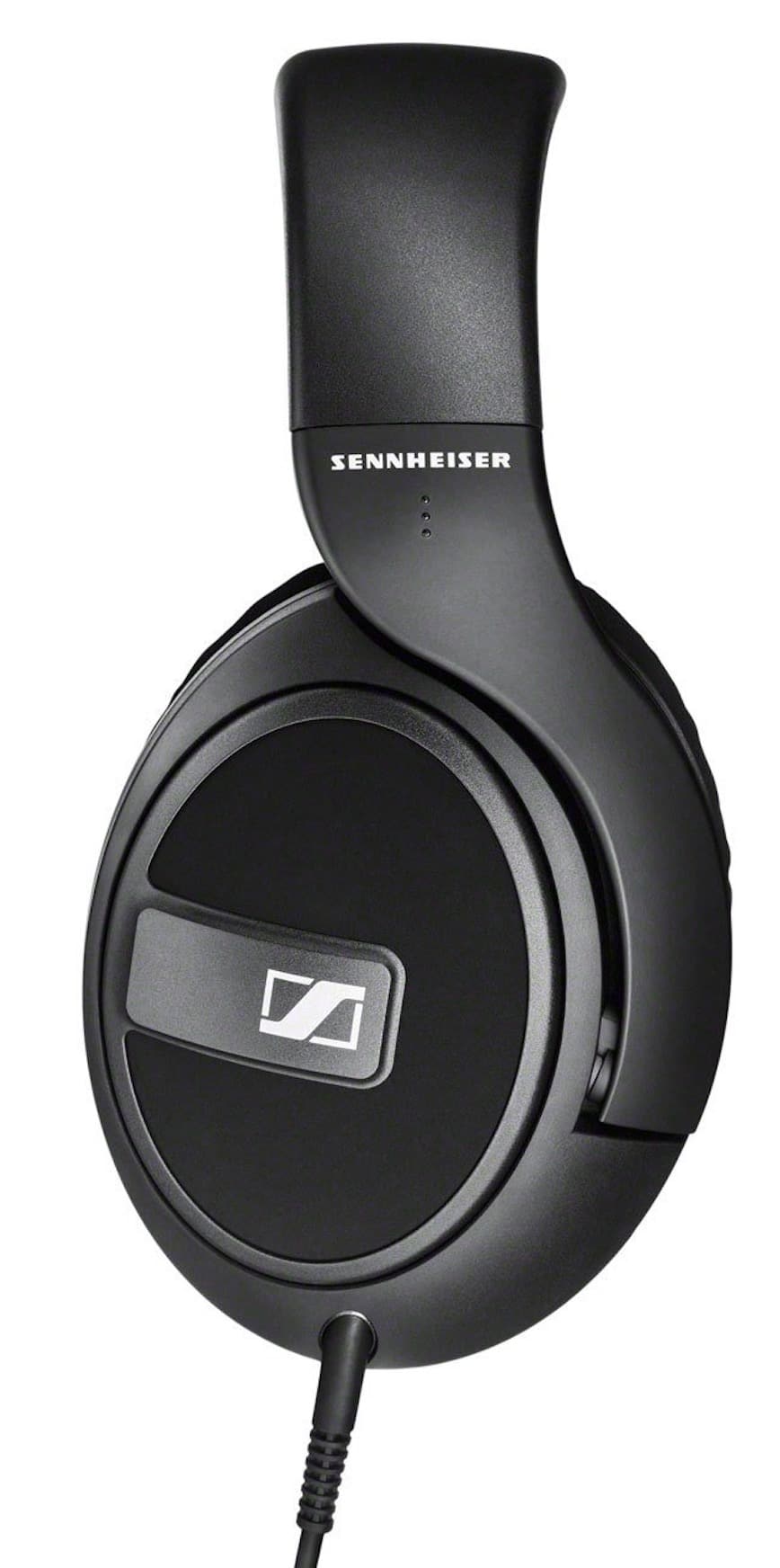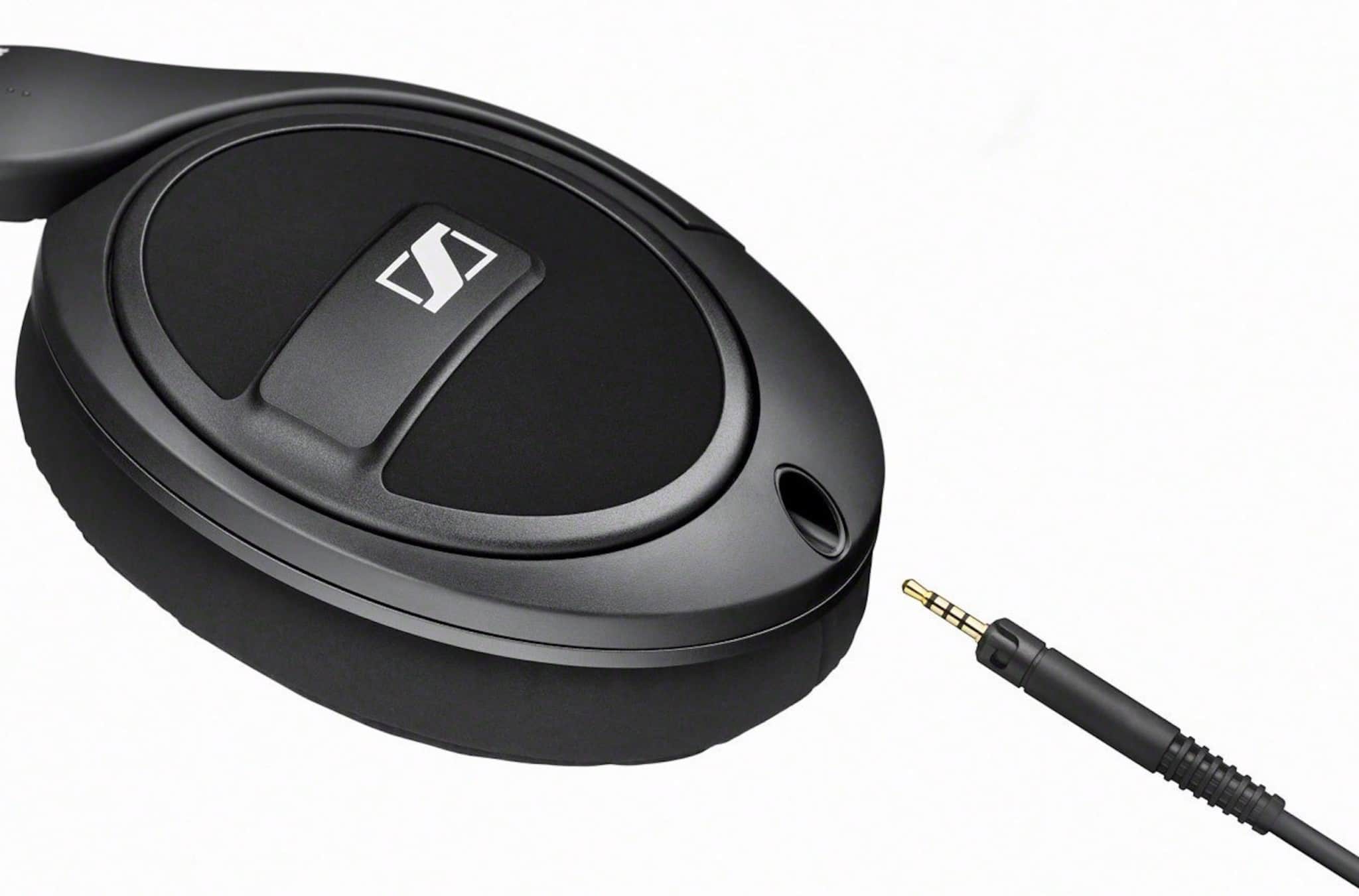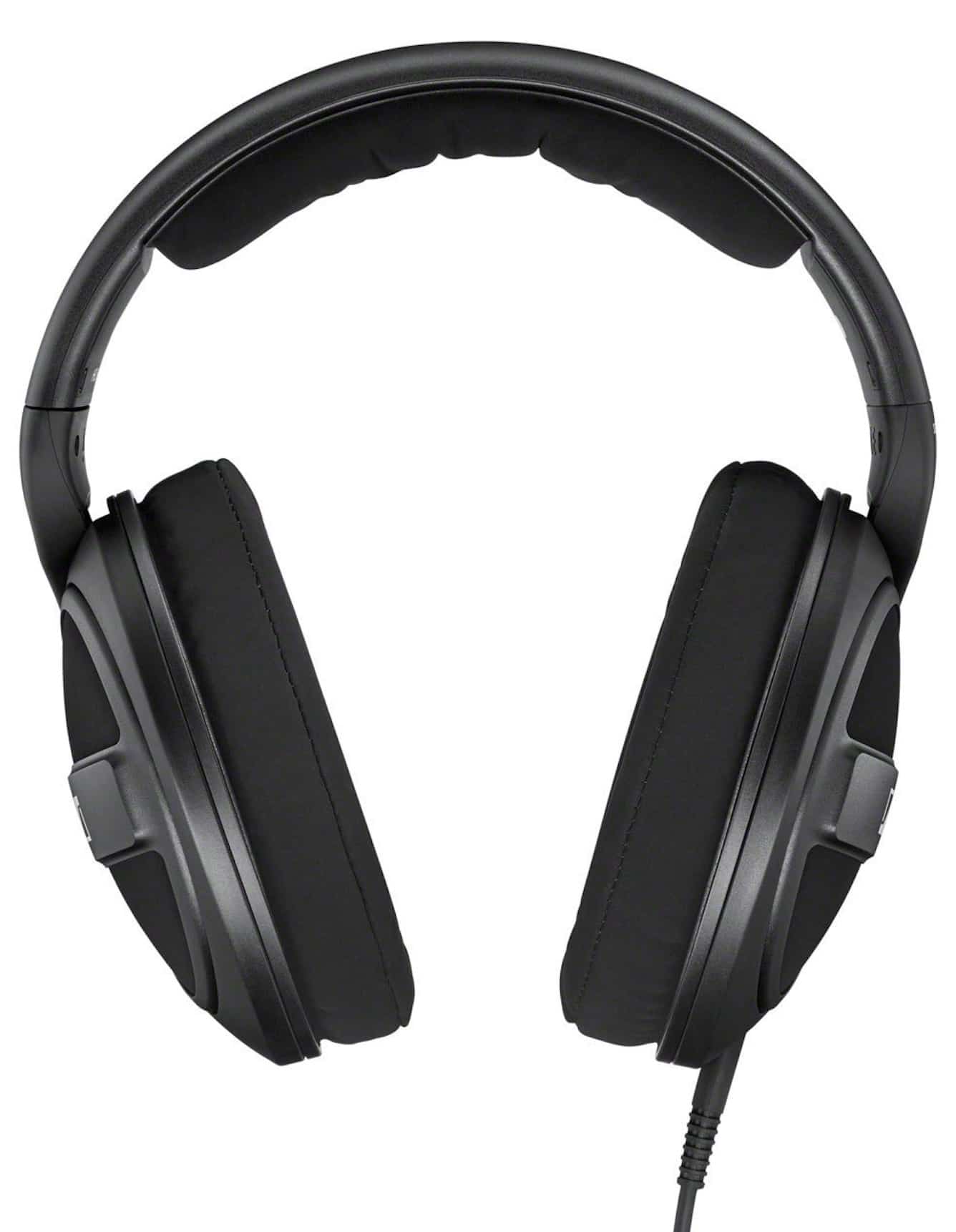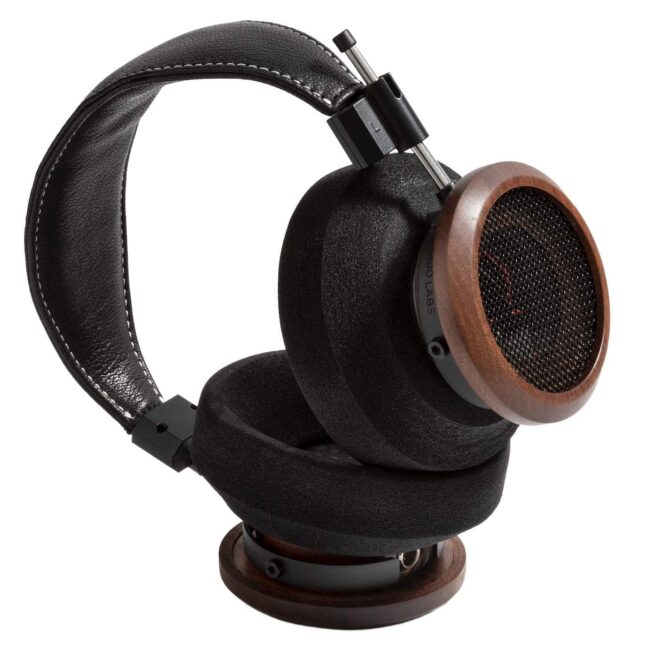The Article
Sennheiser HD569 headphones: Terminations without the pain
23rd June 2017

Part of the ‘5’ series and a successor to the HD 500 series, Paul Rigby reviews Sennheiser HD 569 headphones
Powered by Sennheiser’s proprietary transducer technology including the “Ergonomic acoustic refinement” which, says the company, “…channels the audio signal directly into your ears…” these headphones arrive with a, lets say, ‘contemporary’ design. One that doesn’t do much for me. The design screams style over substance. But I won’t mark the design down during this test, aesthetics are such a personal thing.
The closed-back over-ear design of the HD 569 promises to enhance bass response but also gives you a measure of acoustic isolation to keep the surrounding noise out…or in, depending where you are and who you are.
One of the bullseye features that is supplied in the box is a choice of two cables. One terminating in 3.5mm (1.2m) and the other, a full sized 6.35mm (3m) termination. This is a simple yet brilliant addition. Most other headphones only offer a single termination option. This means that, on occasion, you might be forced to utilise a convertor to plug your headphones into the hi-fi unit of your choice: a DAC or amplifier or somesuch. After extensive testing, I can confirm that using a convertor for headphones actually degrades sound quality. If you can avoid it, do so. The choice of two cables here makes that choice less painful and should be warmly applauded.
SOUND QUALITY
I plugged the headphones into my ATC HDA-P1 DAC supplied by a Red Wine modded Astell&Kern AK120 and played Bob Marley’s I Shot the Sheriff at 24bit/96kHz.
The problem with many of the over-ear and even some of the on-ear designs of this price point is their predilection towards bass or a bass-dominant output. The sort of sound you can expect from the HD569s moves away from this bias. It offers a far more balanced output than many of its contemporaries but still retains a lower frequency-friendly presentation. Hence, although lacking in a little character, the bass guitar was big and bold with no intrusive blooming. Most importantly was an opening up of the upper midrange frequencies which injected life into the high-pitched backing harmonies that provided an essential tonal variation in the song. Marley’s own vocal lead was nicely articulated and never featured any sense of upper midrange smearing. Hence, the HD569s provided an admirable focus and precision. Both rhythm guitar and organ were articulate and never masked by the dominant lower frequencies while those lower frequencies retained a measure of reverb with recognisable tails to add atmosphere and flavour.
I then turned to my SSD-powered MacBook and plugged in a Chord Mojo DAC and played a 24bit/96kHz rendition of Sonny Rollins’ St. Thomas. I was impressed with the breathy and reedy texture of the Rollins sax, for the price, as well as the brassy and metallic resistance of the cymbals which added a clear and cloudy reverb sheen to the strikes. Bass, via the upright, was solid and pushed the track along at a steady rhythmic pace while the piano, which can often be submerged in the mix, was easily recognisable, adding further layers to the mix.
Finally, I plugged the headphones into my reference hi-fi and the Icon Audio HP8 Mk.II headphone amplifier, playing the vinyl version of The Fall’s Live At The Witch Trials. This is where the HD569s really shone. In fact, they sounded like a completely different headphone design. While they work decently with mobile kit, when faced with the hulking great transformer in the HP8, an honest-to-goodness ‘proper’ headphone amp, the HD569s sprang to life and were transformed in terms of their tonal balance and the bass performance which bounced and stretched and impacted upon the soundstage with great vigour. Gone was the slightly sluggish performance from the mobile amps. In a static environment, the HD569s pulled out all of the stops. Midrange was also on alert with both the electric guitar and electric piano offering a remarkable performance through the headphones, for the price. Their tonal characteristics were full of detail but also life and dynamism while the bass, always shy and indistinct, was positively bold in this guise.
CONCLUSION
A solid pair of home-based headphones that manages to balance successfully between price and performance, they perform satisfactorily in a good quality mobile environment but really come into their own when pushed harder by a meaty static headphone amplifier. In this format, the HD569s respond with a smile and no little energy. That’s basically the personality of this design: the more energy you give to this design, the more musical response you’ll get.
SENNHESIER HD569 HEADPHONES
Price: £150
Website: en-uk.sennheiser.com
GOOD: massy bass, midrange detail, upper frequency focus, dual cables
BAD: not for mobile use, needs a powerful static headphone amplifier







Does a company need a model at every 10 dollar increment?